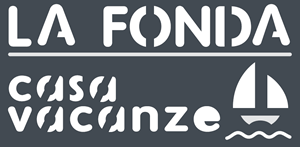La Lunigiana
The Lunigiana is an historical territory of Italy, which today falls within the provinces of La Spezia and Massa Carrara. Its borders derive from the ancient Roman settlement, later the medieval diocese of Luni, which no longer exists.
Lunigiana covers an area from the Apennines to the Magra river, belonging in part to Tuscany and in part to Liguria. It takes its name from Luni, a Roman town, perhaps pre-dated by an Etruscan settlement, which became the principal urban center on the northern Tuscan coast. Some contend that the name Luni refers to the moon, a celestial body whose beauty is made all the more attractive when framed by the white-peaked Apuan Alps and high Apennine mountains. Others maintain, though little or no evidence exists, that the region was populated by those who worshiped the moon. As if to unite history and myth, the symbol of contemporary Lunigiana is a crescent moon held in the claw of a bear. The earliest inhabitants of this region may have been the Apuani (from which is derived the name of the Apuan mountain chain), an ancient Ligurian people, as well as Etruscans who may have inhabited towns along the coast and even the hamlets near in-land trade routes. Curiously, while evidence of both Roman and later Medieval settlements are ample, the wondrously appealing stele, late pre-historic and Bronze Age stone statues which have been found in large numbers in this part of Tuscany, remain the symbol of this ancient land. They are the first expression of the art and, perhaps, of the religious beliefs of the peoples that inhabited northern Tuscany from the Bronze Age to start of the Roman Empire.
Castles
During the Middle Ages, there were 160 castles in Lunigiana, only thirty of which have reached our times in a good state of preservation while others such as the castle of Agnino di Fivizzano have fallen into ruin. It was in these castles that Dante found respite during his stay in Lunigiana. The historical origins of these castles date back to times when the Lombards dominated most of the Pianura Padana and, seeking an outlet on the Ligurian/Tuscan coast, they found in the Cisa Pass and the Cerreto Pass, near the town of Fivizzano, the easiest ways to cross the Apennines.
Useful Links
